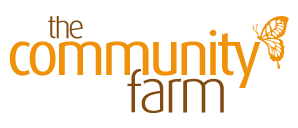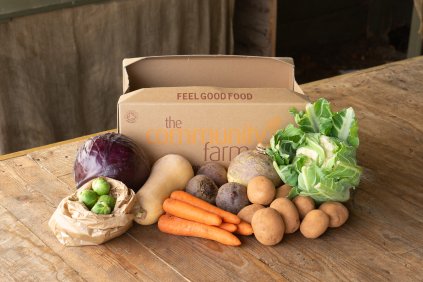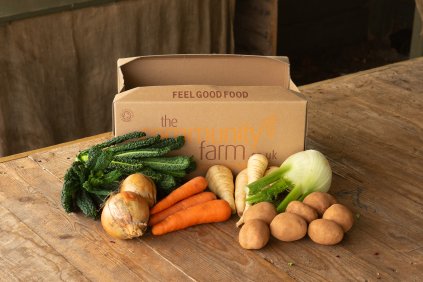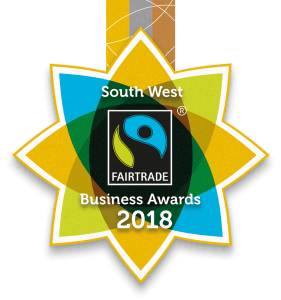In his excellent book, Bugs Brittanica, naturalist Peter Marren reminds us that by bee we usually mean the honeybee; the 'tame' bee of bee-keeping, honey and beeswax.
Honeybees have been bred from wild ancestors but they are by no means the only bees in Britain. There are 250 species of wild bee, including bumblebees and solitary bees, and between a third and a half of those species are in serious decline. We can help!
I'd hate to think of my garden with no bumbling bumblebees, their dense fuzzy coats buzzing around gathering pollen and nectar (while in the process also pollinating my flowerbeds).They need lots of this sweet 'fuel' to keep their colonies going.In the spring, rising temperatures awaken large queen bumblebees from their winter hibernation. I've seen these Queen bees forage for nectar on snowdrops and then hellebores. She will build her nest, lay eggs and that first brood will become worker bees. She'll continue laying eggs and later in the season the worker bees will provide pollen and nectar for the Queen. As the season progresses nests produce offspring which are not workers. New queens and males are produced in order to allow the colony to reproduce.
Many of you may know that planting lavender in your garden, which flowers in late July and August, is great as bee 'fuel'. However it is also important to keep your garden flowering through the whole lifespan of the bee. If you plant your garden with flowers that come into bloom from February to October then you're really helping bees continue their life-cycle.
The Royal Horticultural Society have been studying which plants are best for pollinating insects, including bees, and they've found that a mixture of native and non-native ornamental plants may provide the best resources for them. Non-native plants prolong the flowering season providing an additional food source for bees. Asters are non-native, sometimes called Michaelmas Daisies, and they flower in September and October. Bees absolutely love them! The spring flowers in March are ideal for bees. Try planting wallflowers, primrose, forget-me-knots, daffodil or best of all pulmonaria and lungwort.
Moving into May and June, I've always found foxglove and Iris sibirica are great for bees and you can add tulips too. Echinops, the blue globe flower, is amazing at attracting bees in mid summer as is hollyhock. You can also sow a 'mini wildflower meadow', licensed by the RHS, which will provide some summer flowering British wild flowers like cornflower, poppies, oxeye daisies, corn marigolds and many more. Personally I like wild knapweed and scabious in my garden in August as they attract both bees and butterflies. Sedum is another good late flowering plant. I increasingly combine native wild flowers with ornamental flowers in my garden borders and in summer you can really hear the buzz! The list of flowers is endless - happy gardening!
At The Community Farm we farm organically and never use pesticides. An important aspect of organic farming is maintaining healthy filed margins where wildlife of all kinds can live and thrive. Bees and other pollinators can safely visit our land and forage on the many diverse plants that are found here.
Find out more about how organic farming helps bees.
This article is part of our Do 15 series.














